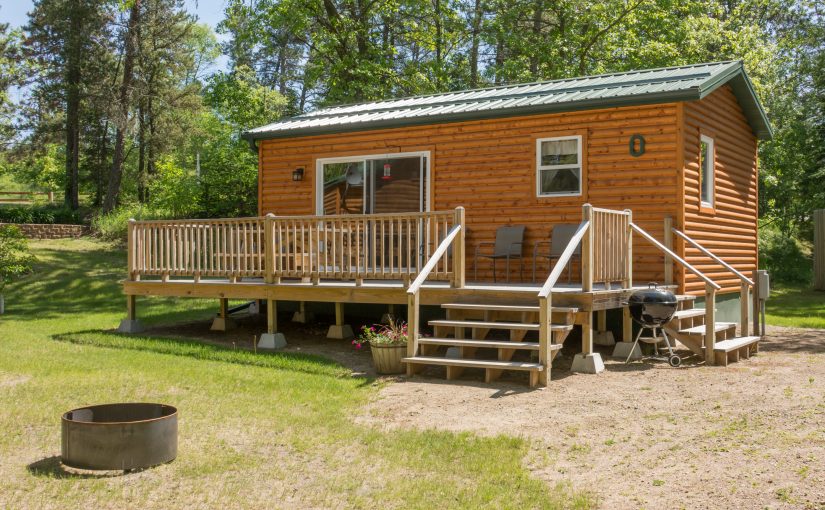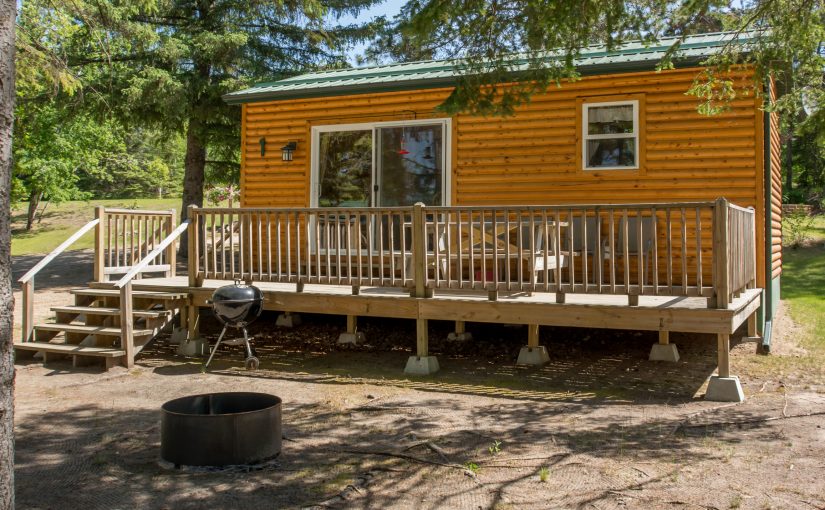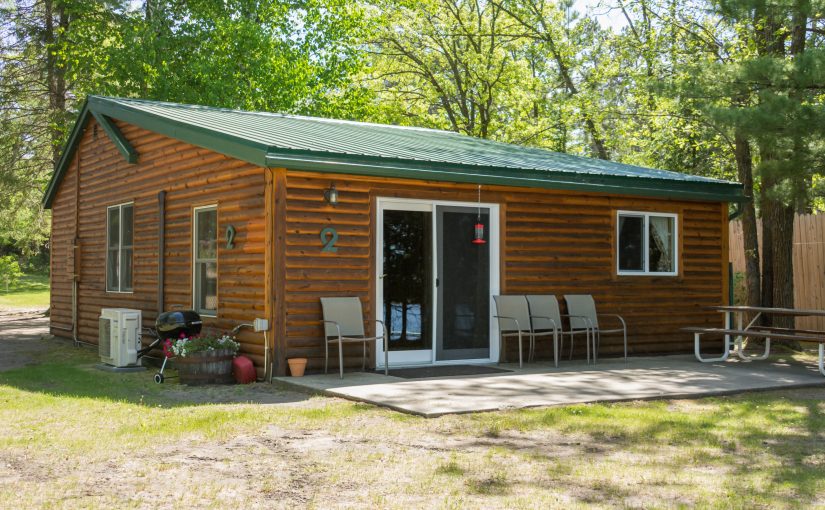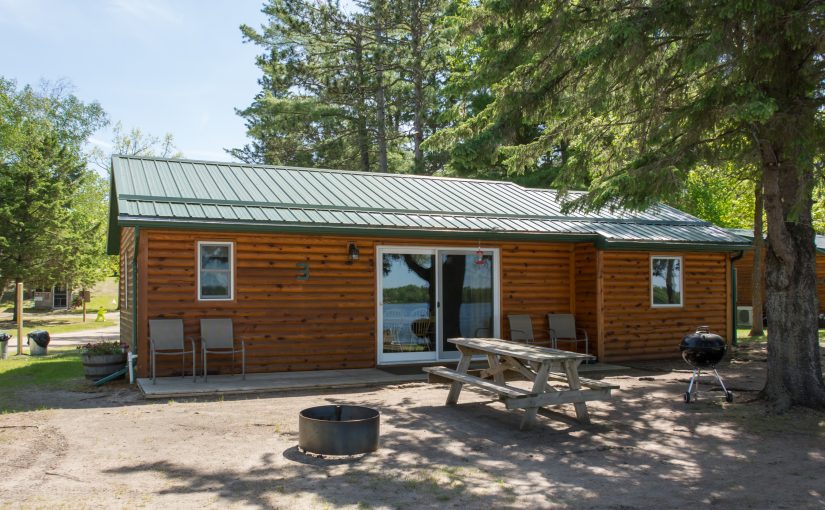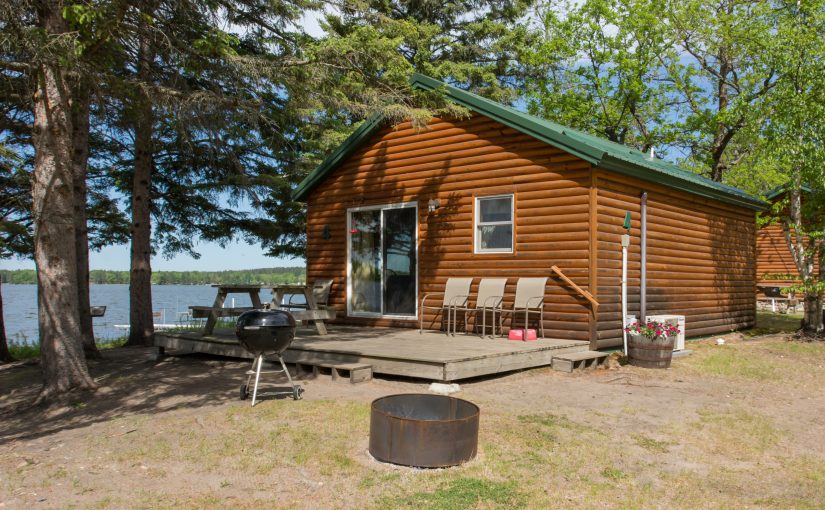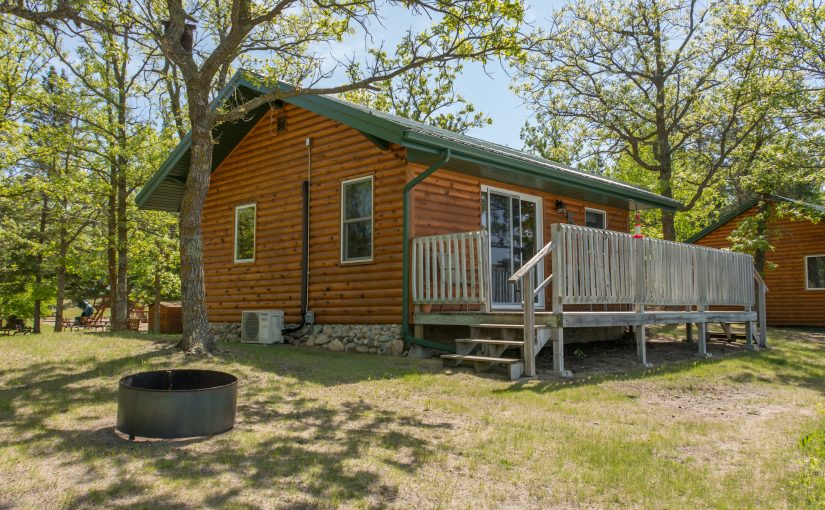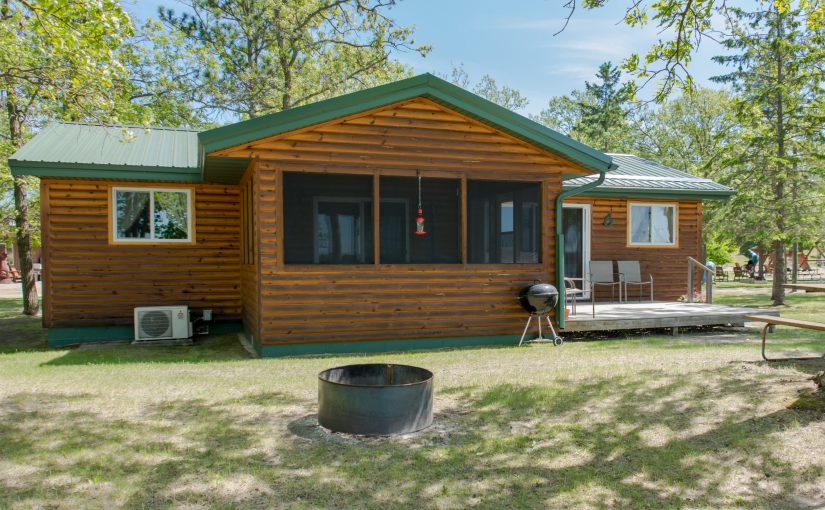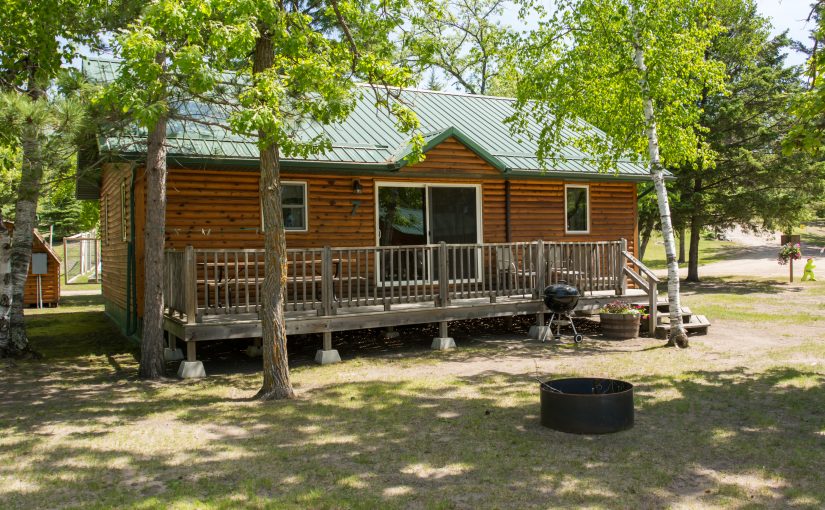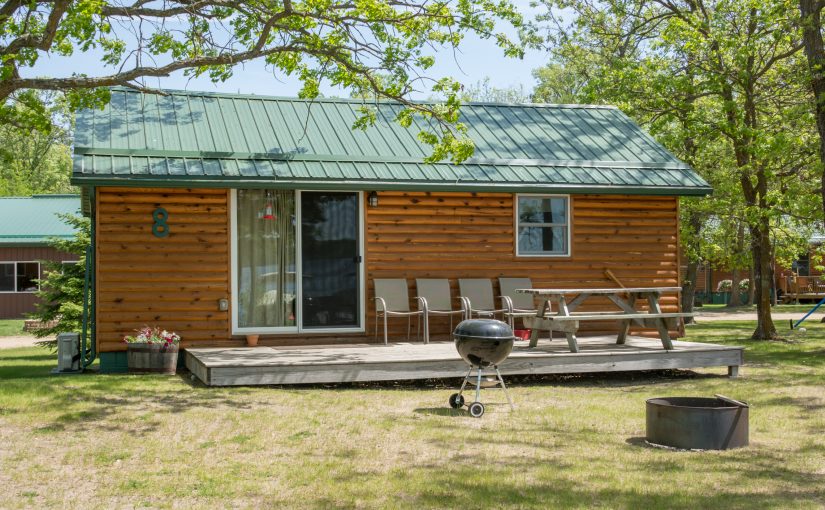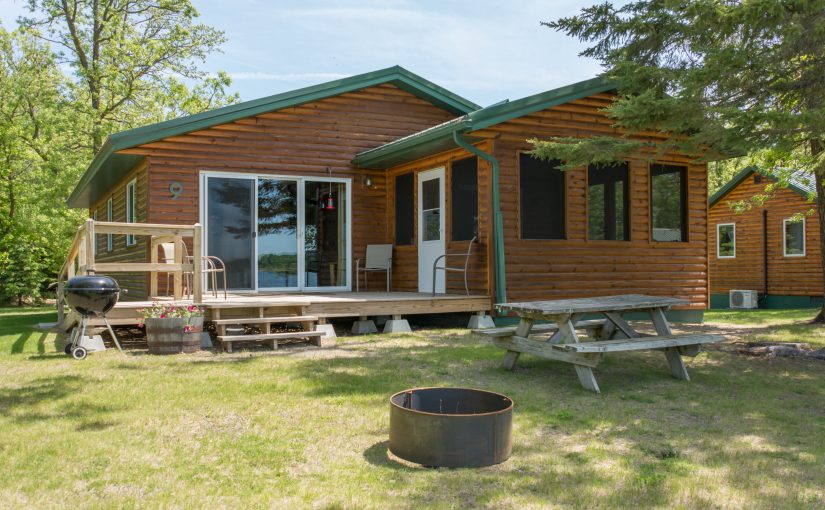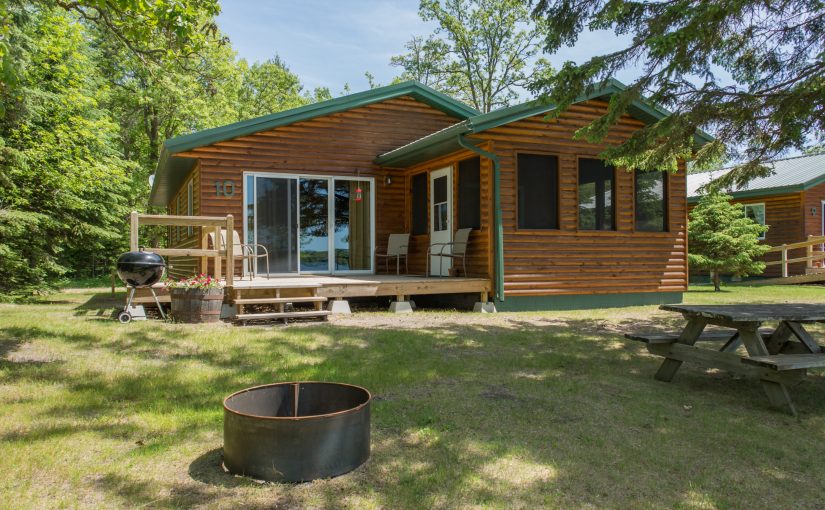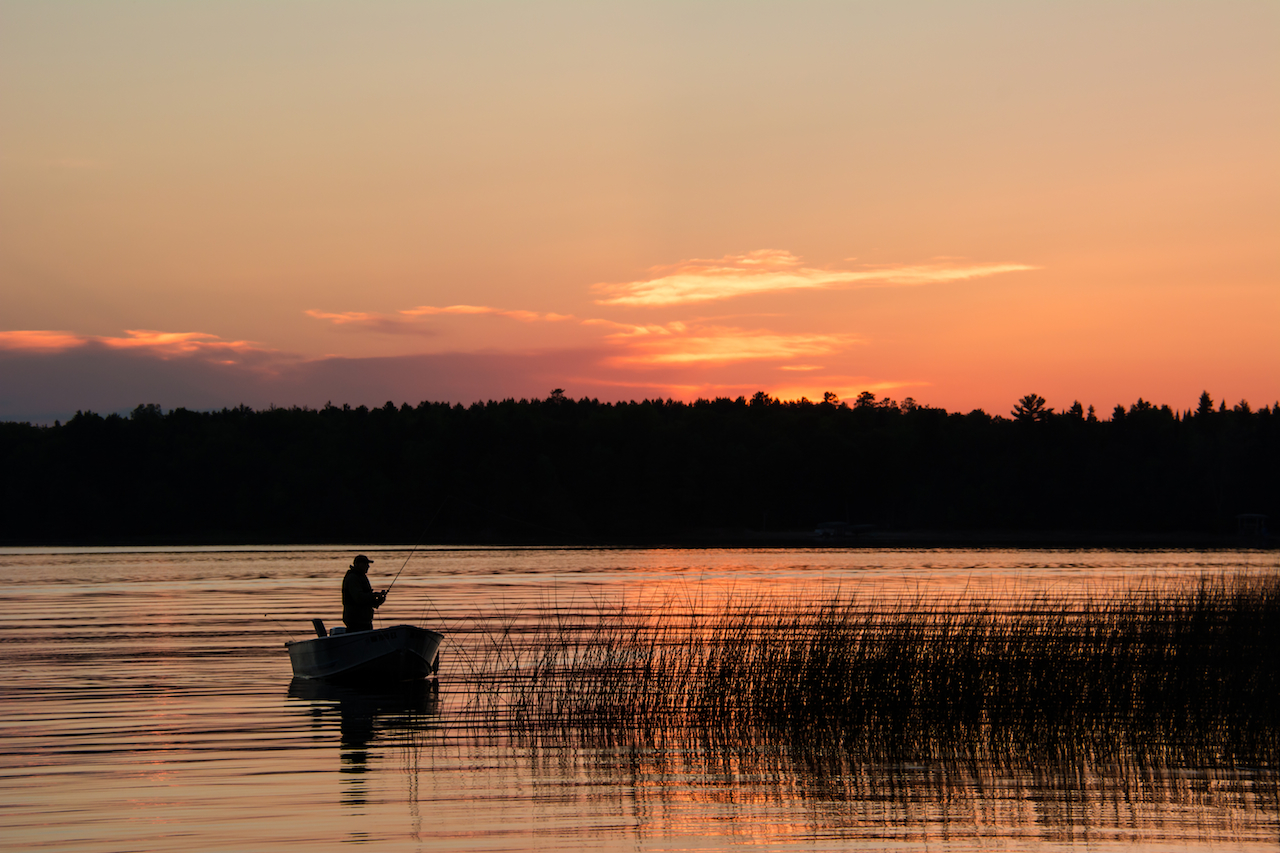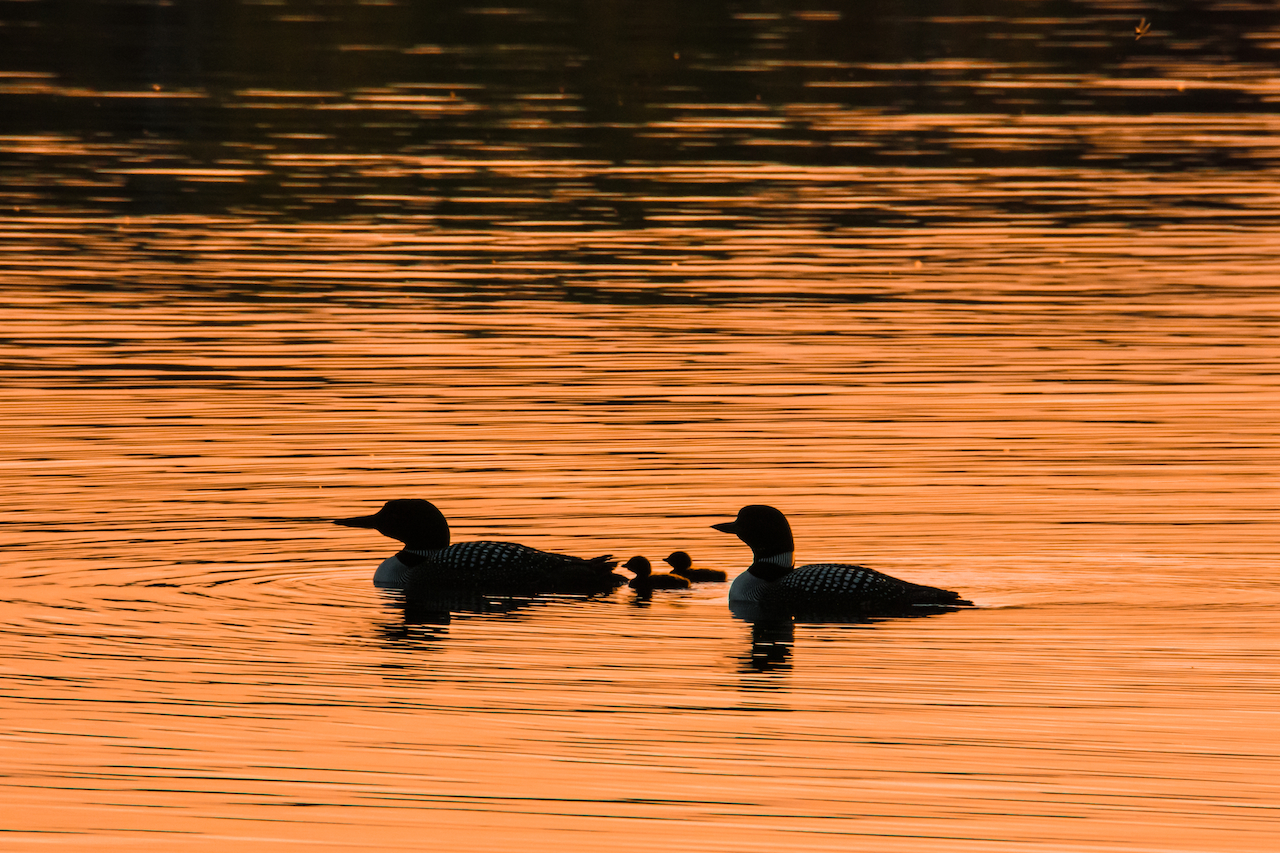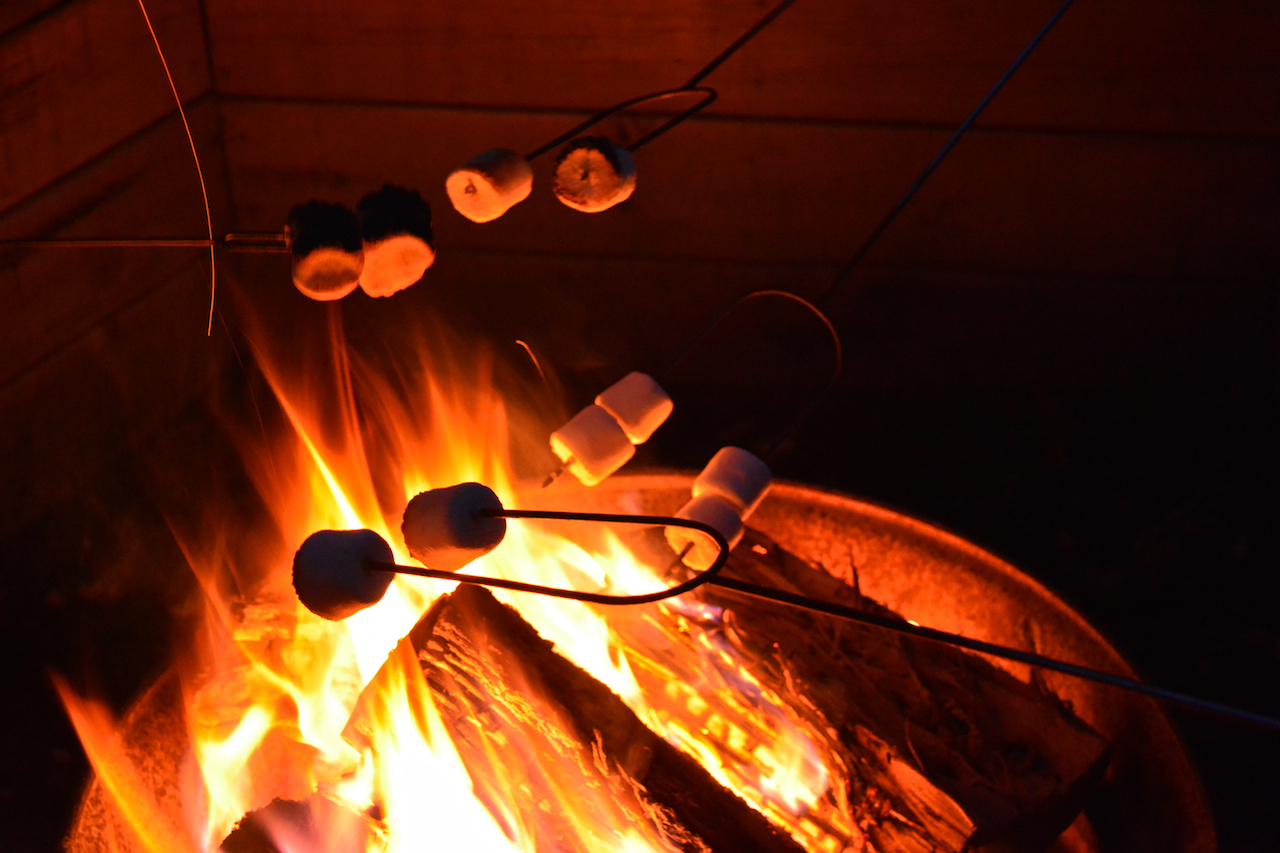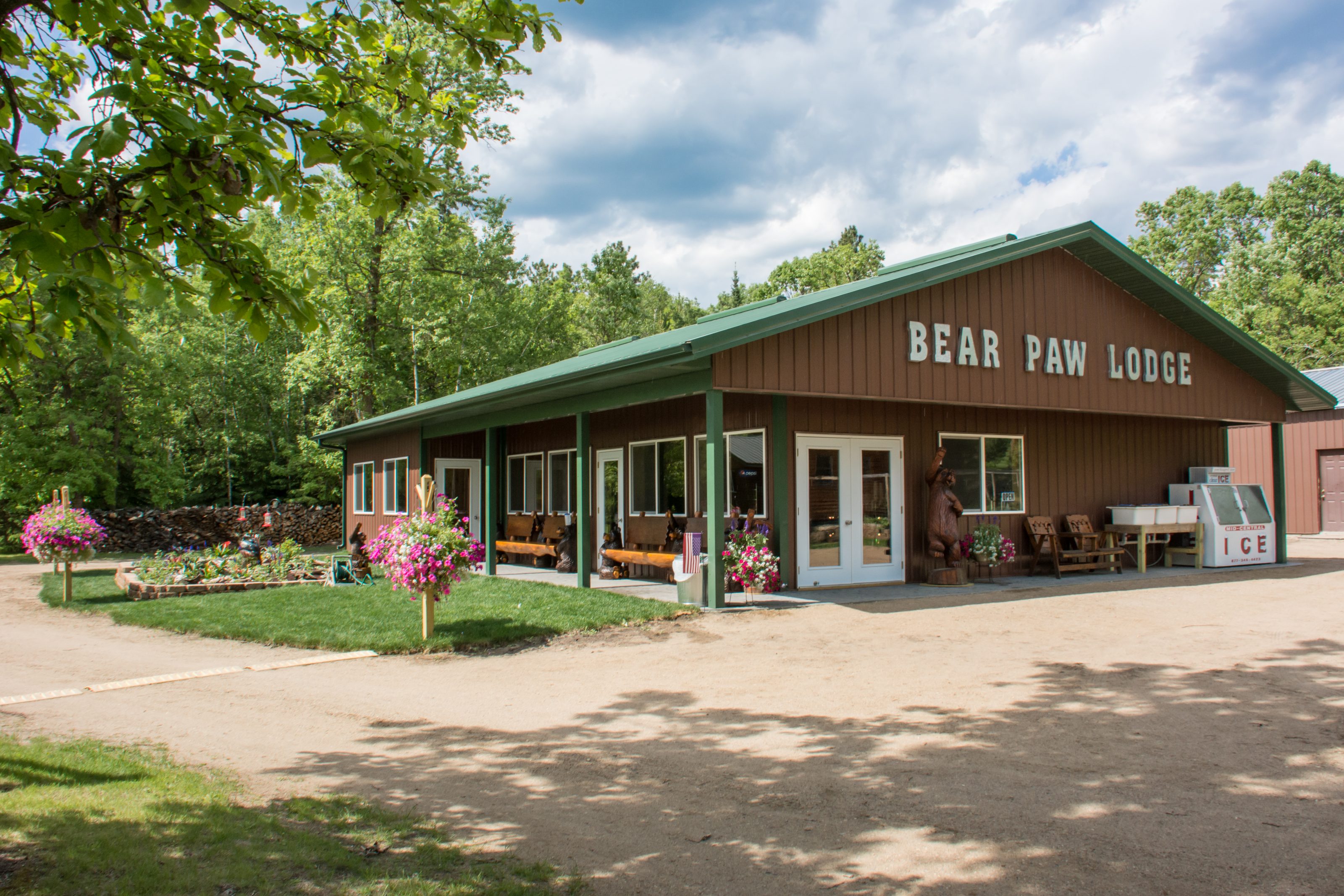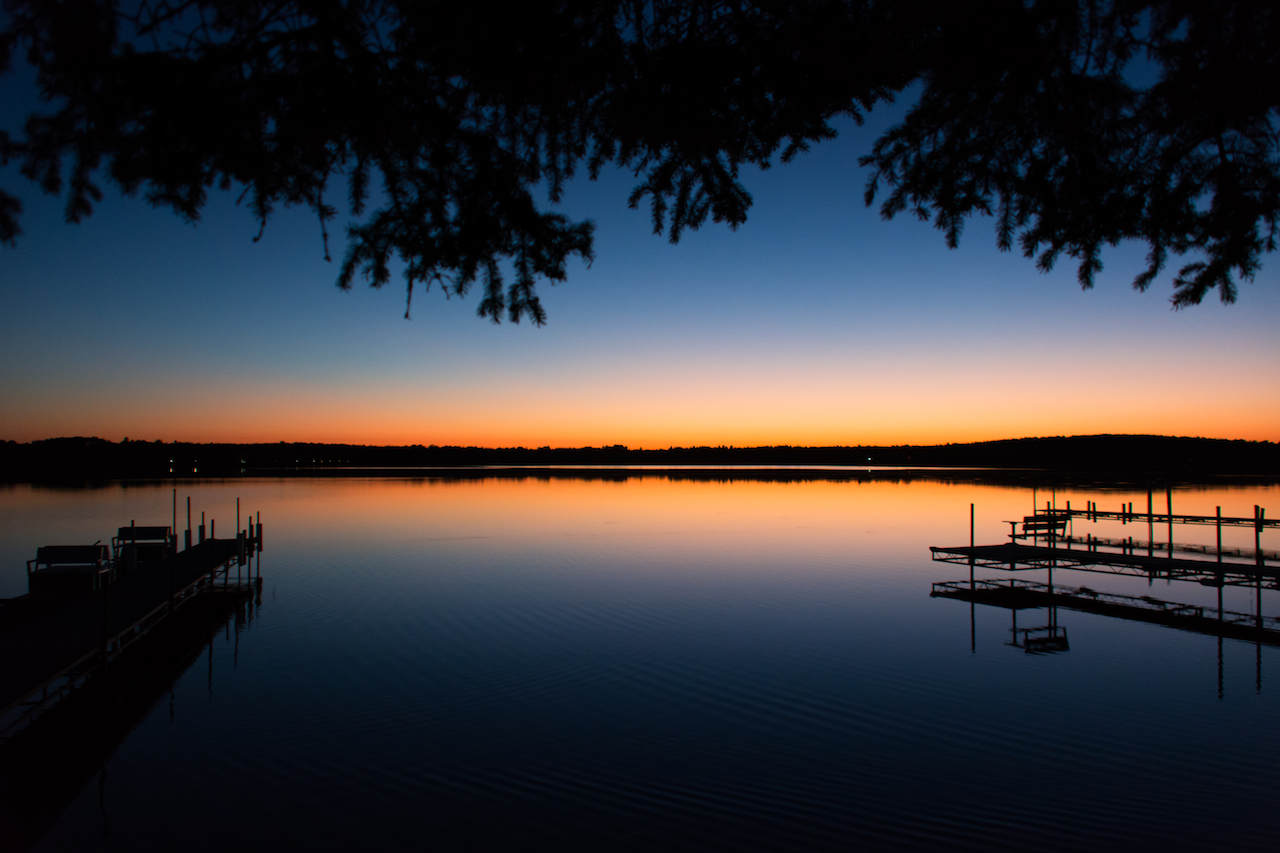1/23/17
It’s a cold dreary January day as I sit here browsing through thousands of my photos taken throughout last year, especially enjoying the Loons. 2016 was a very successful Loon season with 4 pairs producing a total of 8 eggs and 7 surviving chicks. 3 Loon pairs on manmade floating nests and 1 pair on a natural nest.
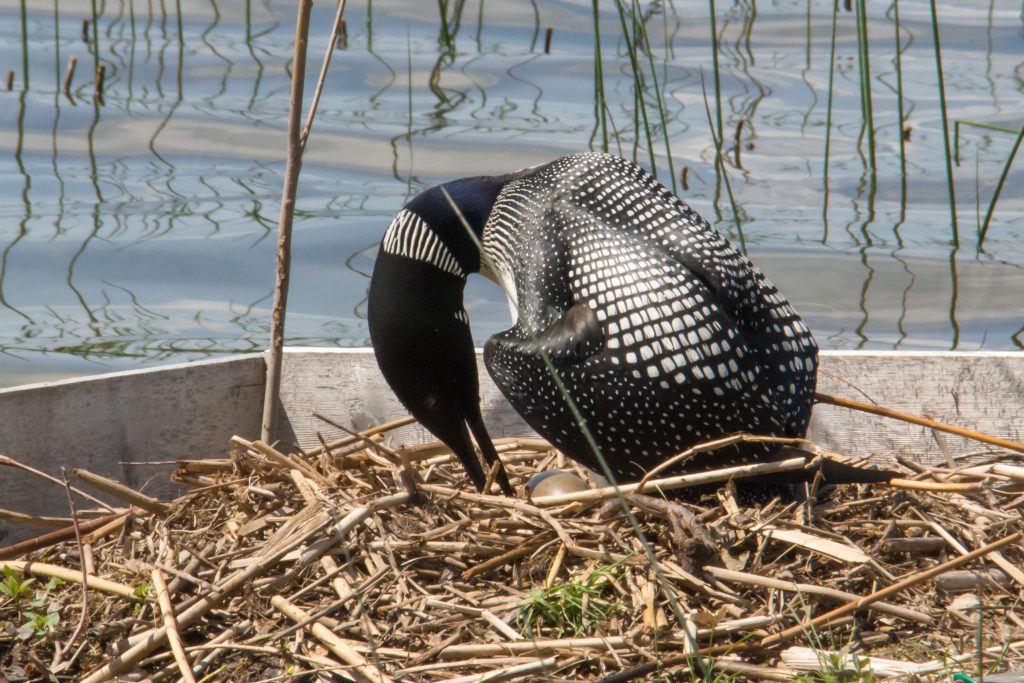
“Our” pair had 2 eggs, which one was a different shade than the other. Later on that odd color egg never hatched so we retrieved it for the Minnesota Department of Natural Resources (MN DNR) which collects non-viable eggs along with any dead Loons recovered throughout the state. Tests are performed looking for heavy metals such as lead or mercury, oil residue from the huge spill in the Gulf and also tests them for dispersant residues which are the chemicals used to break up the oil. Also further testing for diseases are completed on the collected Loons. They have continued this testing several years past the spill due to the fact that juvenile Loons remain in the Gulf until they reach reproducing age of 4. A huge thank you goes to Christine Herwig, from the MN DNR, for the great information that she shared with me today.
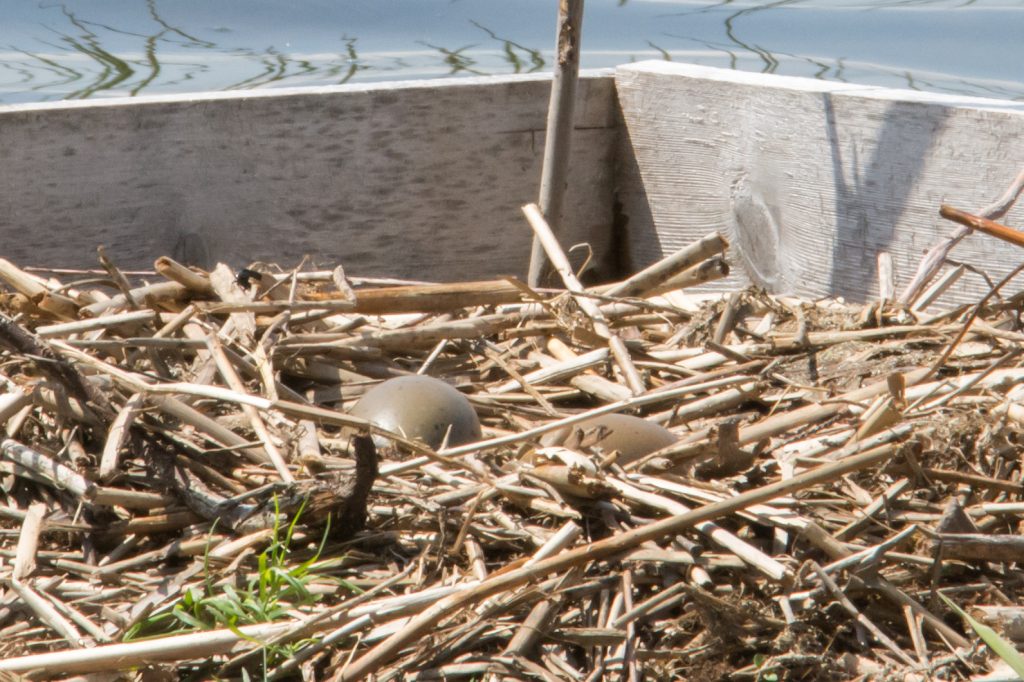
Once the Loon pair begins nesting the anticipation grows daily as it takes approximately 29 days for the egg(s) to hatch. This incubation period certainly doesn’t come without stress for the Loons or myself that watches them regularly. Stress can present itself from nature or humans.
The most common Predators that you will find here are Eagles, Crows, Raccoons, Northern Pike, Snapping Turtles and Loon black flies.
• Eagles ~ They prey on Loons all the time. They will attack a full size Loon, snatch a baby chick right from the water and swoop down and take the eggs right off the nest. Eagles know that if they come close enough to the nest the Adult Loon will dive to protect itself leaving the egg exposed for the taking. It’s important that when we make our manmade nests that we also place tall tree limbs in the corners or some type of high covering that prevents the Eagle’s full wing span that’s needed to take flight after reaching the egg.
Did you know that an Eagle can carry up to 4 lbs of weight? So why would an Eagle attack something that he can’t likely carry when adult Loons can weigh up to 18 pounds? If an Eagle really wants the Loon it will attack every time it surfaces from its dives, stressing out the Loon and preventing it from obtaining sufficient amount of air to escape. Once the Eagle has injured or killed the Loon it will then pick it up and drop it, because it’s too heavy, until it reaches a shoreline which at that time will make smaller meals that can be carried to their nest.
We have had a few casualties over the past years with chicks being grabbed during their first week of life. If the baby chick can survive the first 7 days then it has a much better chance of surviving the season as it has to learn very quickly how to dive and hide from Eagles. If the chicks become separated from their parents buy boaters or curious recreational water goers then the chick is vulnerable and can be taken. This happened during our very first 4th of July boat parade and now everyone tries to watch for the Loon families and not separate them.
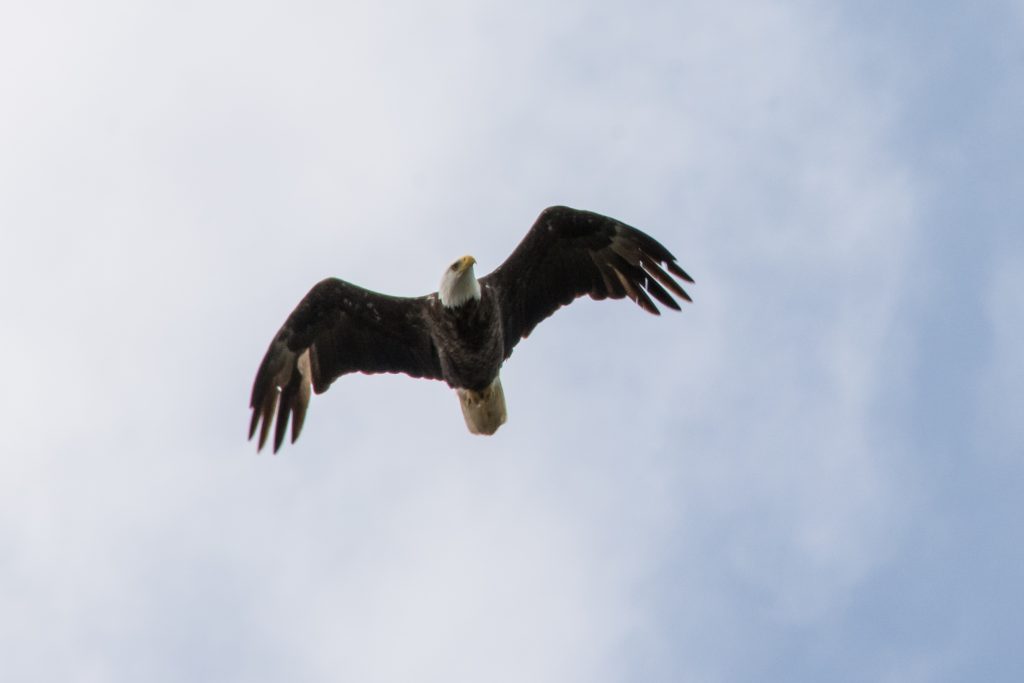
Last summer was the worst ever with tormenting Eagles. It started in mid May when we were placing the pub tables in the Lodge , I spotted an Eagle soaring low just over the tree tops above the cabins, and all of the sudden it stalled over the nest area and the wings went straight up and talons down! I didn’t even have time to explain to Joel and the guys as I sprinted out the front door running so fast and screaming at the Eagle (don’t even think my feet hit the ground). Mama Loon was off the nest and frantically screaming and flapping her wings at the Eagle about 8 feet from shore in the shallows and 15 feet from the nest. When I reached the shore’s edge the Eagle was about 4 feet above her and my yelling and clapping hands spooked him off. Yay! because I was prepared to go in.
As I return to the Lodge, totally out of breath, the guys were giving me the strangest look and laughing and YES I agree that I must have looked like a crazy woman, especially to the furniture guys. Joel said he was waiting for a phone call because he said the whole lake probably heard me. The furniture guys said that was the coolest thing they ever saw; the attack of the Eagle and Tracey. I was laughing pretty hard at this point.
Now that things have calmed down for the evening and Mama finally returned to the nest, I was wondering why this year was different from the others? The nest was in the same area with the same protection so why is this Eagle so determined to attack her? I know we have more nesting Eagles in the Two Inlets Lake area than before so maybe there is more demand for food for their young. Well this particular “Bully Eagle” decided to attack 3 nights in a row, then weekly and pretty much the whole summer. I was getting pretty good at recognizing the Loon’s frantic call, dropping everything and sprinting to the lake. Even the guests caught on and helped when they could to scare off the Bully Eagle.
Finally baby chick “Stormy” arrived on May 30th. I named it Stormy because of all the stormy weeks of Eagle attacks and bad weather that it had endured to make it into this world. Mama Loon was a 2nd year Mama for us and a young one. She became very skittish and uneasy after all the attacks and I hope she has a great rejuvenating and relaxing Gulf vacation before she returns. As for Papa? He is a laid-back relaxed kind of guy and tolerates her demanding nature with endless patience. She’s lucky to have him!
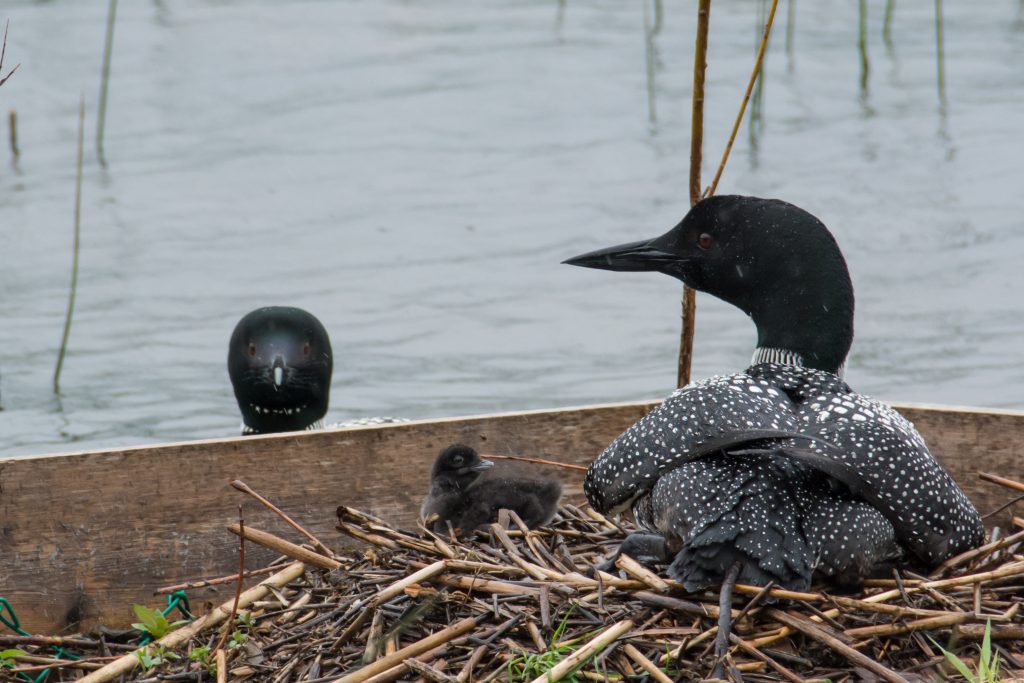
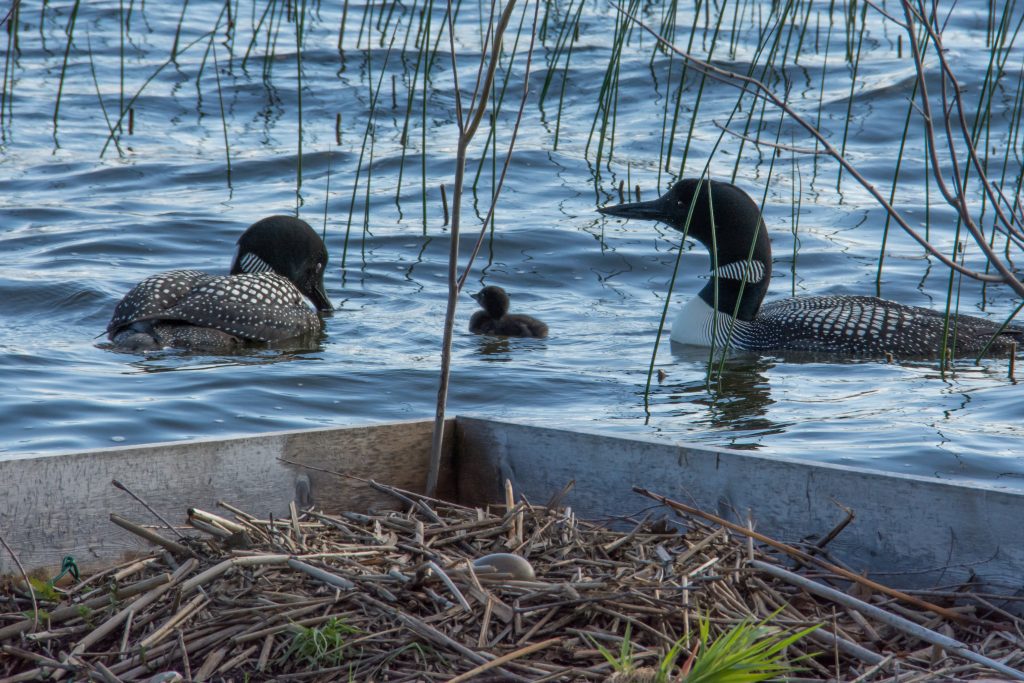
Even though Eagles are the largest threat to Loons and their chicks, the other predators mentioned above threaten their success of nesting as well.
• Crows like to eat the Loon Eggs but we also want Crows to be nesting nearby because they will fight off Eagles by chasing them away. Loons can fight off Crows easier than Eagles.
• Raccoons are a huge predator for natural Loon nests made along the shoreline because they can reach them. This is where manmade floating nests are very helpful. A Raccoon could still swim to the nest but less likely. The pair that made a natural nest was on an island which protected it from Raccoons but high water levels could have easily flooded it.
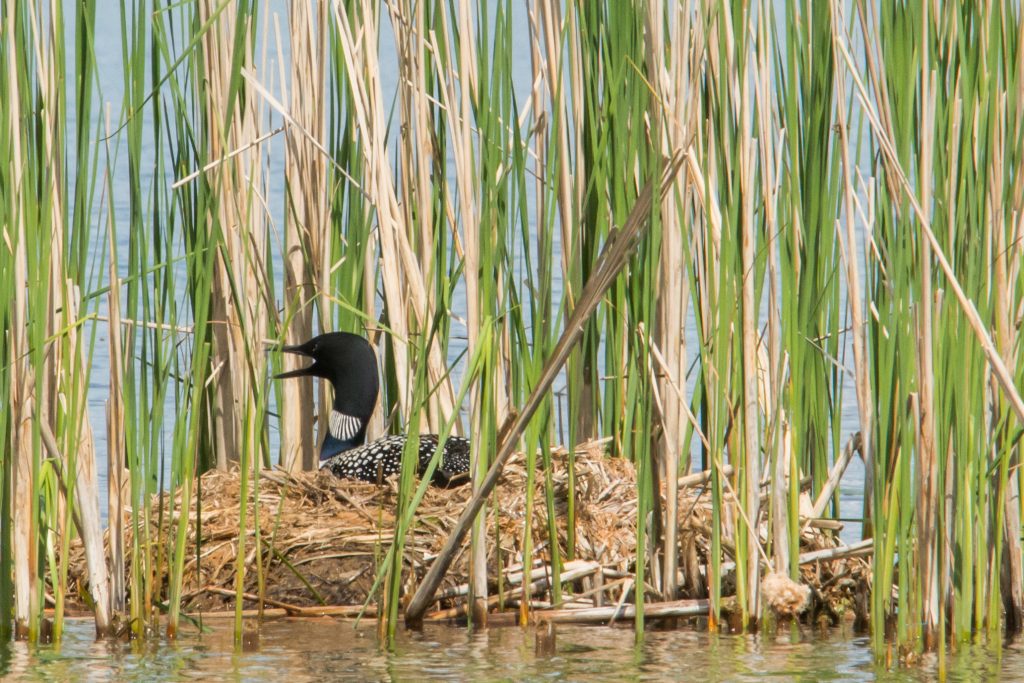
• Northern Pike & Snapping Turtles are more of a threat to the young chicks. As long as the chicks have a parent with them, the parent can sense the predator and chase them off protecting the chick but sometimes the chicks don’t always have their protection.
• Loon black flies are more common during a very wet spring. They attack the Loons when they are on the nest covering their face and nasal passages making it difficult to breathe. This causes them to leave the egg(s) to find relief back in the water submerging themselves and sometimes if the flies are severe they will abandon the nest. This happened to us once with “our” pairs’ first clutch of eggs but thank goodness they had a 2nd successful clutch and nesting.
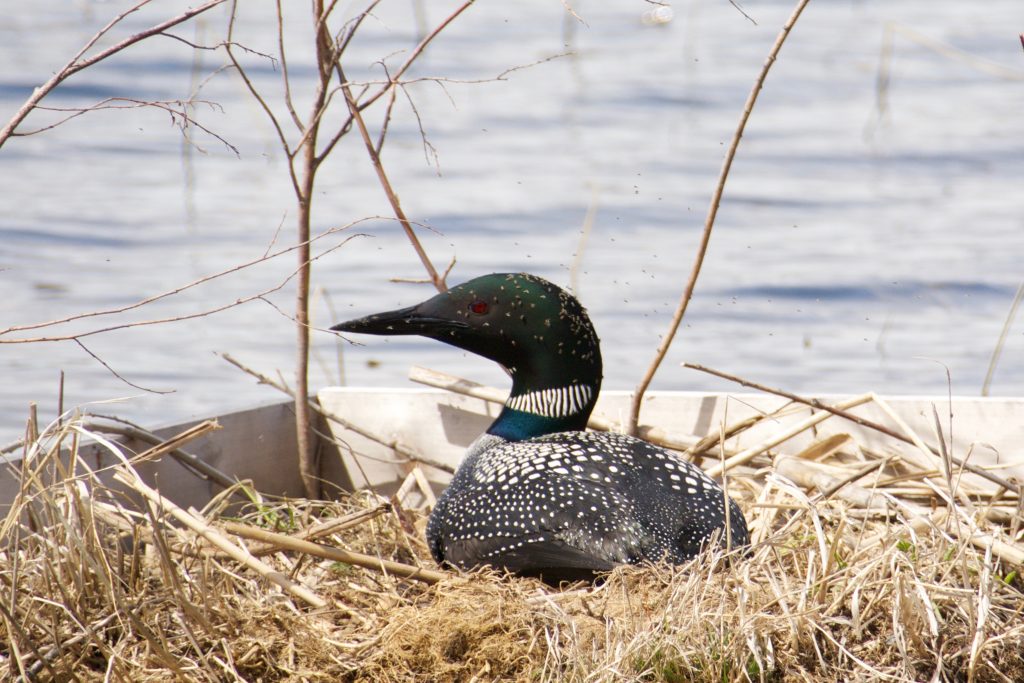
It’s hard to believe how much wildlife goes through to reproduce successfully and raise their young to continue another generation. The Loon’s success rate has increased substantially with the education, understanding and involvement from us humans learning how to co-exist recreationally on our beautiful lakes while protecting such an amazing bird. Their unique calls and extraordinary parenting skills are such a gift to experience during our “Vacation at the Lake”
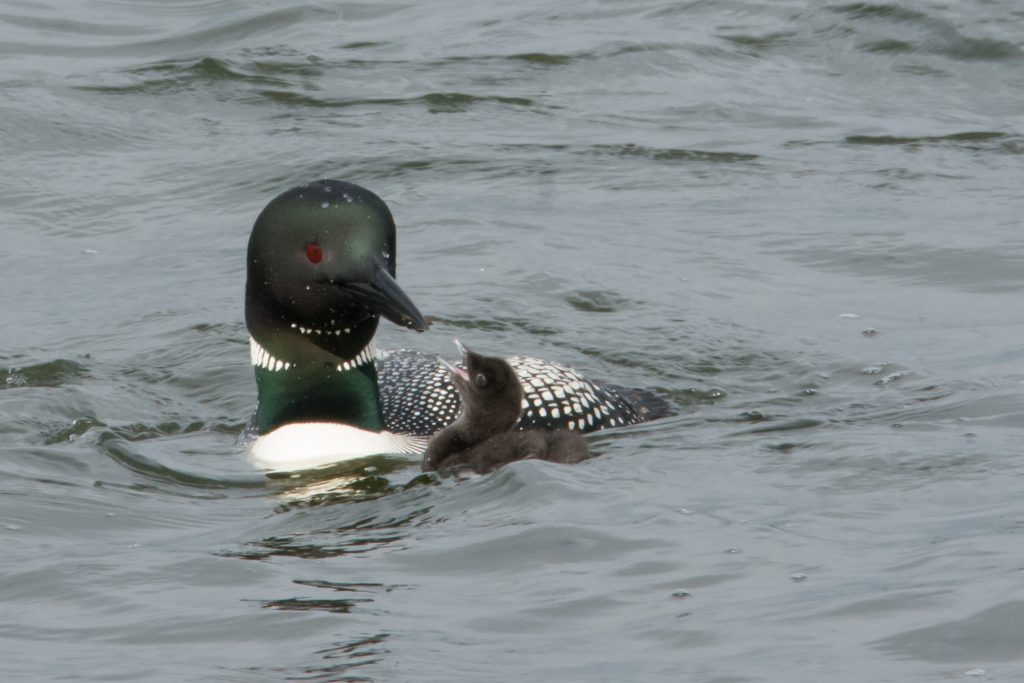
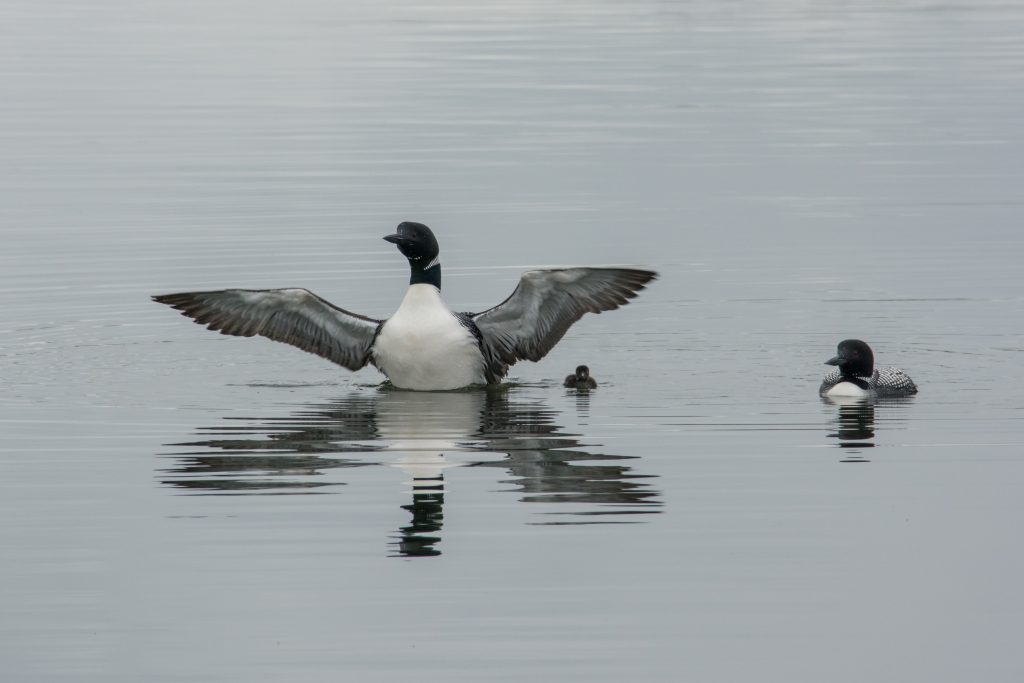
I thoroughly enjoy watching the Loons and having the opportunity to capture their magnificent beauty and sharing it with you through my photography.
~ Looking forward to this upcoming Season ~


